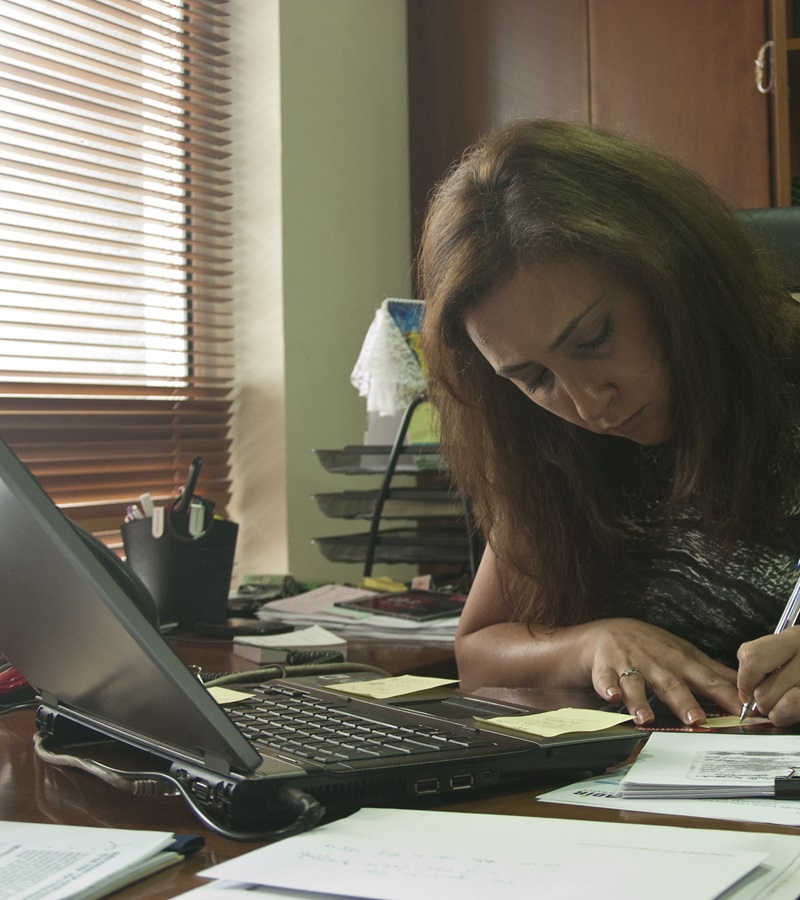Contact us: digitalwages@ilo.org

The opportunities and challenges of digitizing government-to-person payments
This paper reviews evidence on the benefits and challenges faced by governments migrating from cash to digital (electronic) government-to-person (G2P) payments.
- Date: 30/08/2017
- Sector: Any
- Topics: Digital technology
- Regions: Global
- Resource type: Publications from partners
- Institutions: World Bank Research Observer
